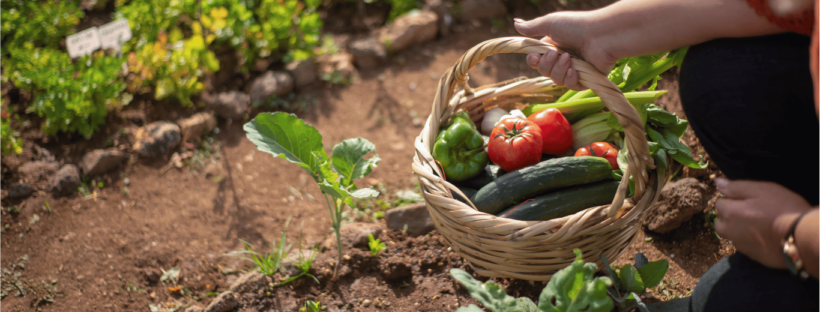As the frost thaws and buds begin to bloom, New England home gardeners eagerly embrace the arrival of spring, marking the long-awaited beginning of the gardening season. After months of hibernation, it’s time to dust off the gardening gloves and embark on the journey of preparing our summer vegetable gardens. From plotting out the perfect layout to selecting the finest seeds, the anticipation of cultivating vibrant crops and savoring the fruits of our labor fills the air with excitement. Join us as we dive into the essential steps and expert tips for kickstarting your garden and nurturing it to its fullest potential this spring.
With the promise of fresh produce and vibrant blooms, now is the perfect time to roll up your sleeves and embark on the journey of planting your own vegetable garden. Whether you’re a seasoned gardener or a novice enthusiast, these simple steps will guide you through the process of creating a thriving oasis of greenery and sustenance in your backyard.
- Pick a location. If this is your first time, one of the most important decisions you can make is selecting a site. For some, that may be a community garden plot. For others lucky enough to have the space, it’s a matter of picking out the perfect area in your yard. What you want is loose, well-drained soil and a spot that will get between six to 10 hours of full sunlight each day. We also recommend drawing out a diagram or map of where you want to plant your vegetables. This will help in figuring out how much you can actually fit into your garden space.
- Choose your plants. Next you need to decide what to plant. While not everything is suited to grow in New England, our advice is to pick your favorite vegetables and plant those. Whether you pick seeds or starter plants will determine how far in advance you need to get your soil ready.
- Prepare your soil. Before planting anything, you want to clear and prepare your soil. Get rid of all the debris and weeds, and dig deep into soil incorporating several layers of compost.
- Read the directions. Be sure to pay close attention to directions on how to plant either the seeds or starter plants. Don’t disregard the amount of space needed between each plant and make sure the weather is warm enough before putting them into the ground.
- Label everything. This may seem like a no-brainer, but don’t forgot to label where you planted your vegetables, especially if it’s seeds. It’s really easy to forget what you planted and where exactly they are in the garden. If you’re a newbie gardener, it’s much more fun to know what’s sprouting up (or growing underground) instead of trying to guess.
If this is your inaugural venture into the realm of summer vegetable gardening and you find yourself uncertain about where to begin, fret not. Simplified is here to lend a helping hand through our comprehensive Home Management services. Whether you’re in need of guidance on selecting the ideal seeds or starter plants, or require assistance in ensuring that your garden plot is meticulously prepped and primed for cultivation, our team stands ready to provide the support you need. Don’t let uncertainty hold you back from embracing the joys of gardening – reach out to Simplified today and let’s embark on this exciting journey together towards cultivating a thriving and bountiful summer vegetable garden.
Editor’s Note: This post was originally published in 2017 and has been updated for accuracy and comprehensiveness.
